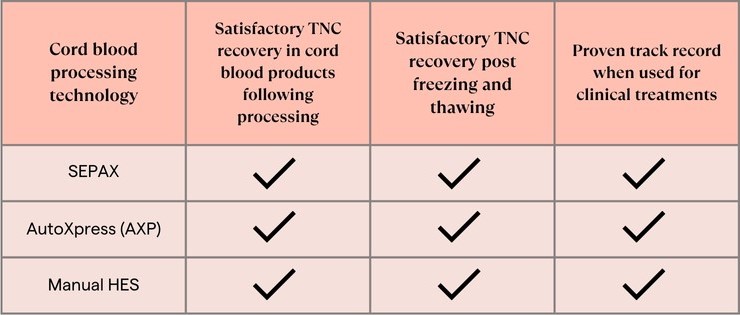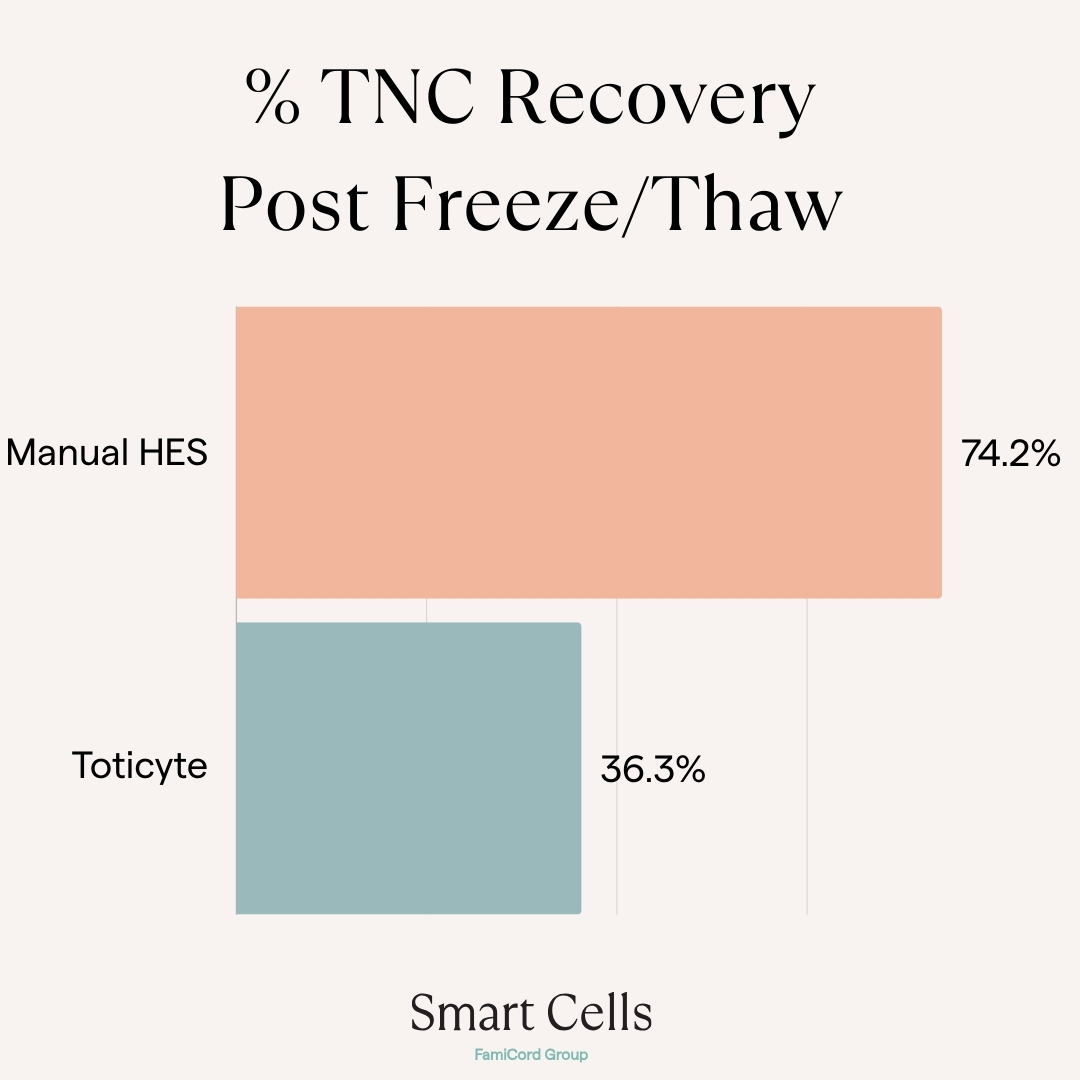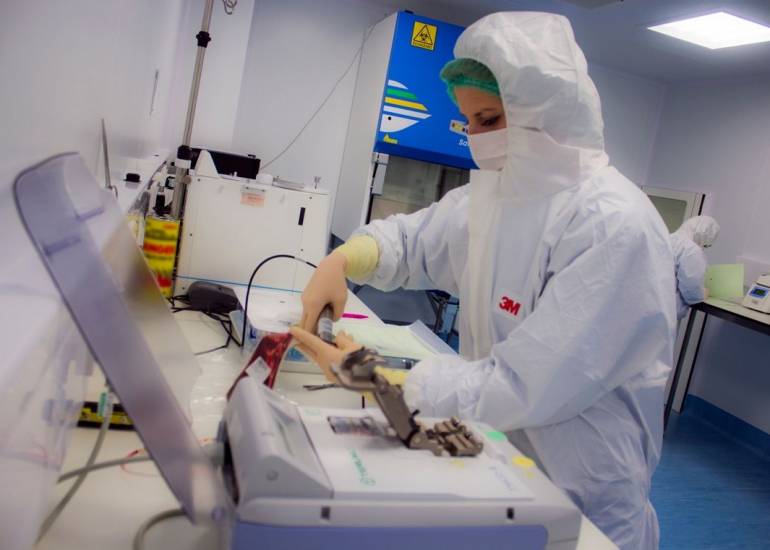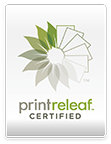
What should parents be aware of?
The analysis shows that cord blood processing stem cell yields are very satisfactory and statistically equivalent for the Sepax, AXP and the Manual HES processing methods. Sepax and AXP are two globally trusted automated cord blood processing technologies (1-3) and the results of the Famicord/SCI study prove that the Manual HES method is equally effective.
All cord blood units are stored frozen after processing and stored in the cryopreserved state until they may be used clinically. It is therefore vital to ensure that after frozen storage and thawing, the stem cells are viable and capable of engrafting in patients. The analysis addressed this point by comparing the post freeze and thaw yields of TNCs and CD34+ stem cells after Manual HES processing with results published elsewhere for Toticyte. The paper clearly demonstrates that after processing, freezing and thawing the processed cord blood, the Manual HES method proved to be superior to TotiCyte technology with better recovery of total nucleated cells and equivalent yields of viable and functionally active CD34+ stem cells.







